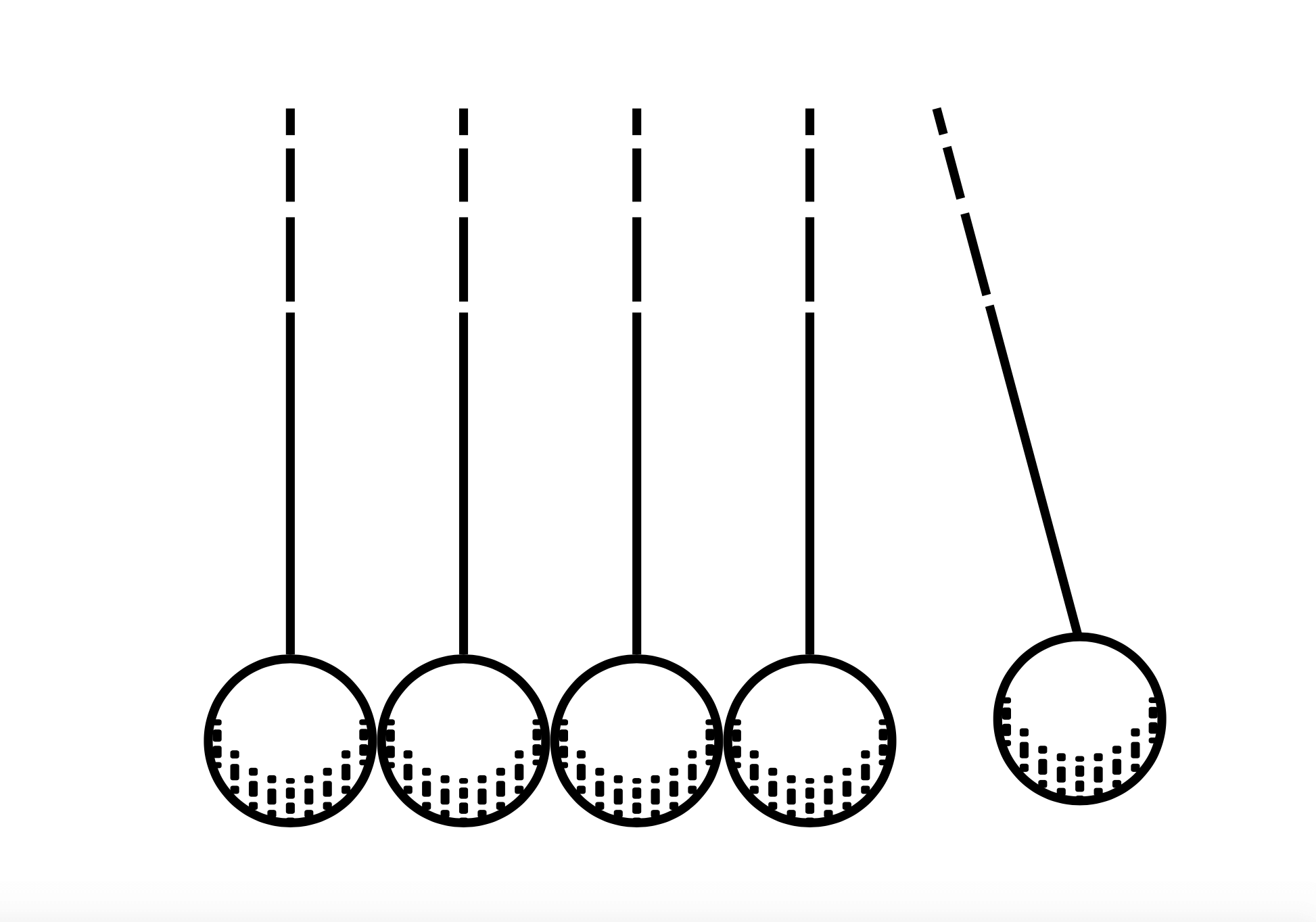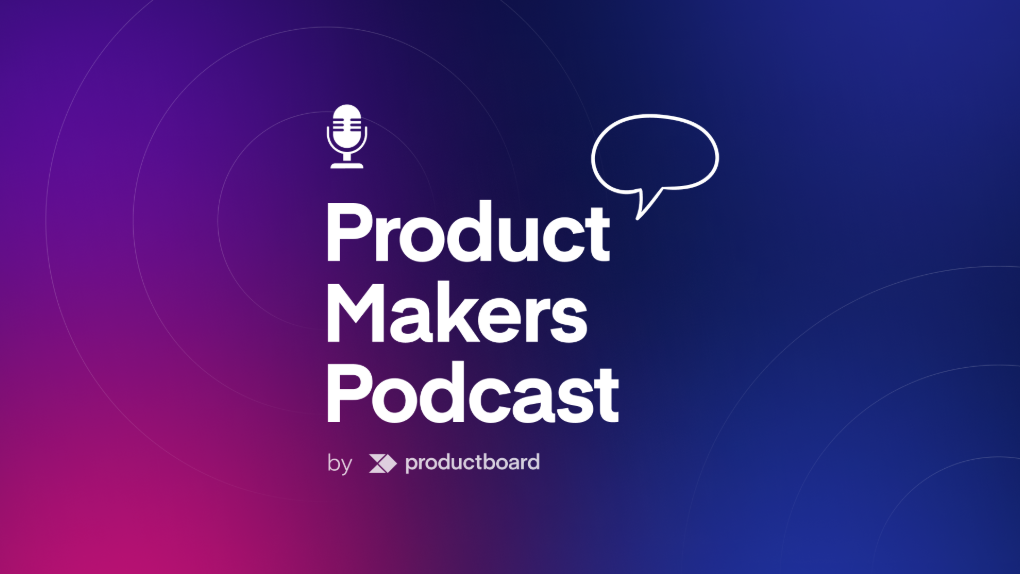4 important product discovery steps to measure success

This piece is an excerpt from “The Product Discovery Playbook.” For more insights and how-tos on product discovery, download the full ebook.
While the product development process fits neatly into a box, product discovery often feels more fuzzy.
Sometimes teams lack product metrics to guide their efforts or have unclear goals, and find themselves stumbling through customer interviews and shipping code without first validating its value. Meanwhile, executives, stakeholders, and existing customers all jockey for position on the roadmap.
It’s no wonder so many teams—particularly those new to the process—struggle to understand how to track their product discovery efforts.
The good news? You can set specific outcomes for product discovery—outcomes you can use to measure your success, optimize your process, and justify spending precious time on to your stakeholders.
Leading vs. lagging indicators
A learning mindset is great, because you succeed whether your ideas end up solving user needs or not. Both results provide equal insight into what the right path could be. But assigning precious product, design, and development resources to “learning” can be troublesome at best and misleading at worst.
Here’s why: The most concrete measure of the benefits of product discovery is high adoption and engagement rates for all new features and great qualitative feedback from users. But these metrics are all lagging indicators of product success—they can only tell you whether a product or feature you’ve already built is well-received, and they don’t provide any context that can help your team get there faster next time.
Instead, teams should look to measure product discovery success using leading indicators—quantifiable metrics you can measure as you progress through each cycle of the discovery process.
One great example of a leading indicator for product discovery: how quickly you’re learning. Measure the number of days between discovery activities and work to reduce that cycle time.
A high-performing discovery team should hit their outcomes at a higher rate than a low-performing discovery team and that rate should grow over time as their discovery practice improves.
– Teresa Torres
Speed of learning leads to speed of decision-making. The faster you can make decisions, the faster you can deliver value to customers—and the better off you’ll be as a company.
4 steps to measure the value of product discovery
1. Get clear as an organization on your product discovery goals
Before plowing ahead with the discovery process, you should be clear on what decisions you need to make as a company and what insights you need to inform those decisions.
At Productboard, we think of planning product discovery like an onion. The outermost layer represents your overarching business goals, like helping product managers understand and prioritize what to build. Each subsequent layer breaks down into smaller and smaller chunks—the second layer, for example, might be quarterly product goals like enabling mid-market companies to better utilize our software.

Each new layer demands different questions and levels of discovery—you can’t begin to peel away one layer until the previous one is completely removed. Teams who try to shortcut the process often encounter “unintentional pivots”—they either try to peel away too many layers at once and forget the problem they were originally trying to solve, or they fail to define “enough” and spend far too long on discovery.
As you begin your discovery efforts, make sure you’re entering each phase with a clear goal along with a sharp understanding of how that goal will impact your larger business. This will keep your efforts focused and help you make forward progress.
2. Measure your product discovery velocity
Successful product discovery is about both speed and direction. The faster you learn, the faster you can deliver great products—but you also need to ensure your discovery efforts are tracking in the right direction to avoid wasting time or over-investing.
Agile teams talk about development velocity—but in product discovery we can also track learning velocity.
Begin by measuring how often you’re performing each activity that leads to validating or invalidating that idea. For example:
- How many days has it been since your last customer interview?
- When was the last time you demonstrated a prototype for stakeholders before it was ready?
Look to continuously reduce the time between each activity.
Another good metric to track: how long it has been since you last threw out an idea. At the end of every discovery cycle, you have three choices: either you can build your solution, throw out your idea, or keep learning. Measuring how many ideas are killed at the discovery stage gives you a leading indicator of how well the process is working.
This doesn’t encourage spending more time on failure as some might think. Instead, it celebrates discovering when we shouldn’t build something.
This doesn’t encourage spending more time on failure as some might think. Instead, it celebrates discovering when we shouldn’t build something—an outcome often more valuable in discovery than finding the perfect solution since it saves time spent building the wrong features.
3. Make sure individual discovery activities are time-bound
All the unknowns that encompass product discovery make it a difficult process to plan or predict. Going back to our onion analogy, it’s impossible to know how much work each layer entails until you’ve peeled all the layers covering it.
Luckily, there’s a straightforward solution to this that product teams already use every day: timebox individual discovery activities (not your discovery process as a whole!). This technique is particularly useful when launching new products or entering new markets.
For startups, timeboxing bounds your imagination. After all, it’s far easier to determine which of a near-infinite number of possible ideas are the most important when you can only fit a small number in your allocated time.
For enterprise, timeboxing helps build trust and credibility with stakeholders. You quickly learn how many activities you can get done in a particular amount of time, reducing their perceived risk of spending time on discovery.
If you reach the end of a discovery cycle and you’re still facing risks, you can choose to either spend a second timebox on the discovery activity or pivot to a new direction.
4. Use retrospectives to optimize your discovery process
Retrospectives aren’t just for development work—they’re also a great opportunity to uncover the pitfalls in your discovery process and drive continuous improvement.
During your next team retrospective, ask some or all of the following questions about your discovery efforts:
- Was there anything we encountered that we didn’t expect? Were any proposed feature ideas poorly received by prospects or customers? Did we make any false assumptions around product feasibility? Which parts of our hypotheses were wrong—and which did we get right?
- How could we have uncovered these unexpected learnings sooner? Is there a smaller version of our idea we could have demonstrated earlier? Should we have involved anyone else in early discussions around feasibility?
- What concrete changes can we make to our discovery process to avoid running into the same problems again?
Asking these questions shifts much of the risk from the development phase into the discovery phase, uncovering potential pitfalls earlier and helping you improve your rate of learning over time.




